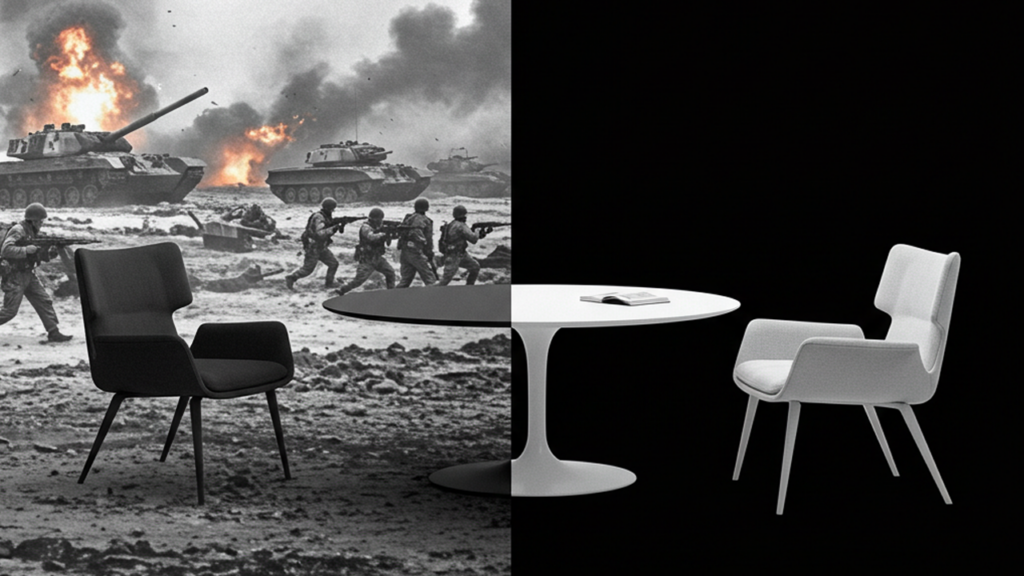No matter how stunning a furniture exhibition may be, it cannot silence the sound of bombs dropping on Gaza. Regardless of how breathtaking a lighting installation is, it will not shield Ukraine from incoming missiles. Even the most dazzling design fairs will not stop tanks in their tracks. But design is not powerless. Our conversation with people inflicted by war, the pandemic, and other global catastrophes reaffirms what design can do and how its approach changes.
This story isn’t about the doom of design or the struggles it has had to bear during these difficult times. Instead, it’s a story about its awakening, ideation, and evolution against the backdrop of war, pandemics, and global unrest. Design trends we see today across furniture, lighting, and beyond, aren’t random coincidences, they’re a result of global happenings and their impact.
“Design trends are shaped by global narratives. Wars drive minimalism and utilitarianism, while post-war optimism sparks bold, expressive styles,” says Maria Porro, President of Salone del Mobile. “The past pandemic, for example, emphasized comfort, functionality, and flexible living spaces, leading to multifunctional furniture and a blending of indoor and outdoor design. The need for adaptable spaces reflects changing lifestyles – homes now integrate work, wellness, and leisure,” she explains.

“Design evolves in response to societal shifts, mirroring struggles, aspirations, and technological progress, making it a continuous reflection of human history and global transformations. Ultimately, economic downturns push cost-effective, durable solutions, while environmental concerns inspire nature-driven aesthetics,” Porro continues.
Renowned Czech designer Jiri Krejcirik echoes Porro’s thoughts, “Global events not only influence design trends but more importantly, reflect how people feel. In times of pandemic, war, or crisis, people seek certainty and security. In times of prosperity, they look for excitement and disruption. All of this translates into the visual language of design, its colors, playfulness, or, conversely, its restraint,” he states.
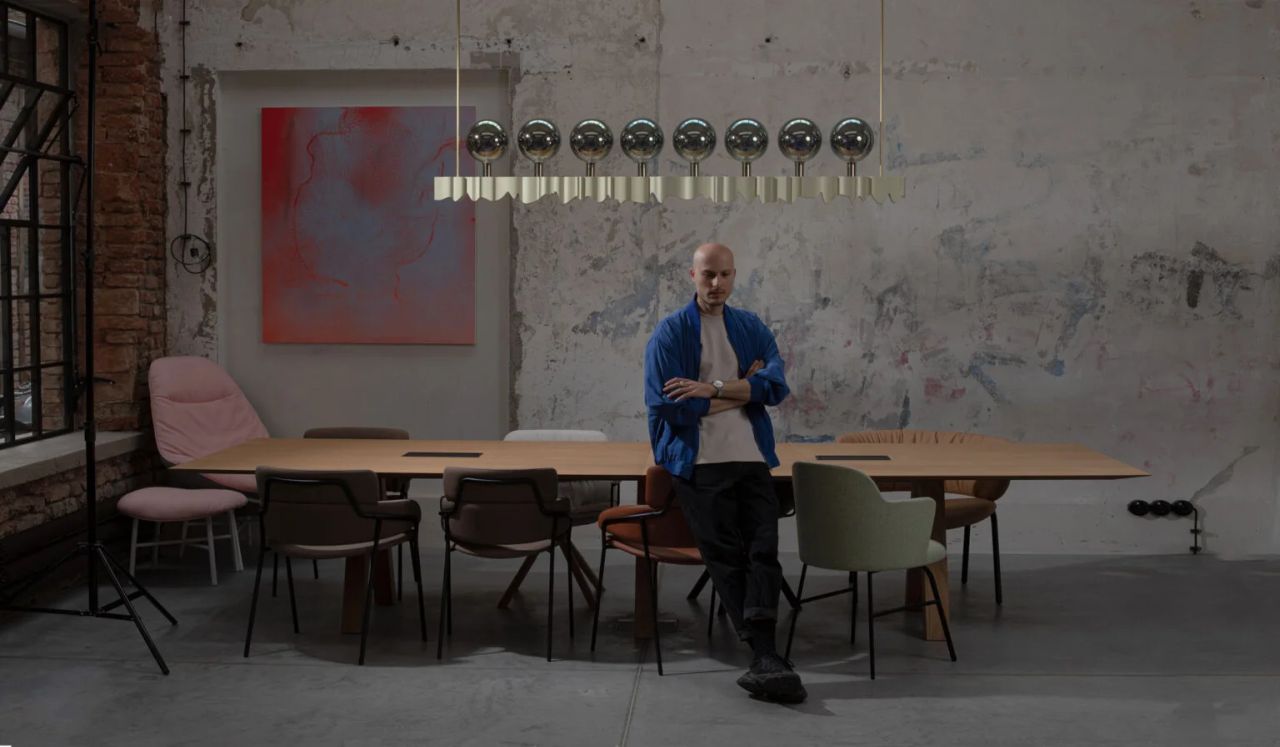
Krejcirik’s observation sets the stage for understanding design as a barometer of collective emotion shifting with global scenarios. The COVID-19 pandemic, which redefined our way of living, brought this dynamic into focus.
“It’s obvious that the pandemic led to more digital technology and people spending more time at home. This has made people think more about their privacy and well-being. I remember that we started getting a lot of interesting orders because people started thinking more about how to set up their homes,” Yulia Salata, CEO of Ukraine-based Rugsandrugs, notes.
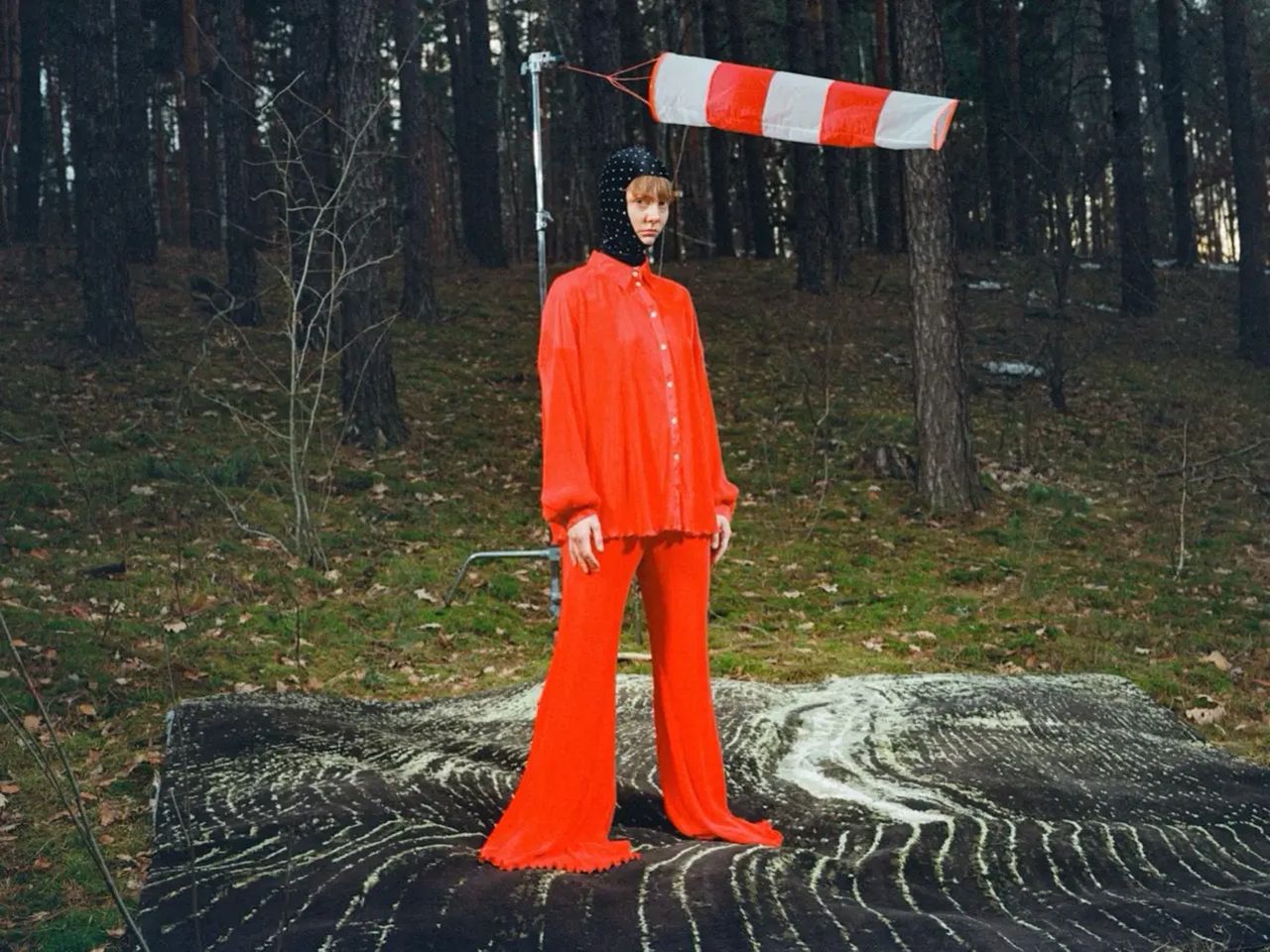
For Salata and her team, the pandemic’s influence has been overshadowed by the ongoing war in Ukraine. “It’s hard to talk about design trends for the regular life situation when there’s a war on,” she admits. Instead, her work has taken on a deeper resonance. “People want objects that have a deeper significance, that resonate with them personally, offering a sense of continuity and reminding them of what truly matters, while also being practical,” she states.
War, with its immediacy and brutality, imposes a different lens on design than a pandemic ever would. Ukranian furniture designer Volo Karalyus reflects on this stark transformation, “War has an entirely different impact. You witness the destruction happening in an instant; rockets and bombs wiping out people, cities, buildings, and belongings. And you survived. You continue to live with this reality, carrying the memory for the rest of your life,” he narrates in a melancholic tone.
For Karalyus, this reality drives a radical rethinking of value. “There is a devaluation of what was recently considered valuable but suddenly becomes less important or loses its worth entirely. Meanwhile, things that were once seen as ordinary and mundane transform into something of special value or even a luxury,” he states.
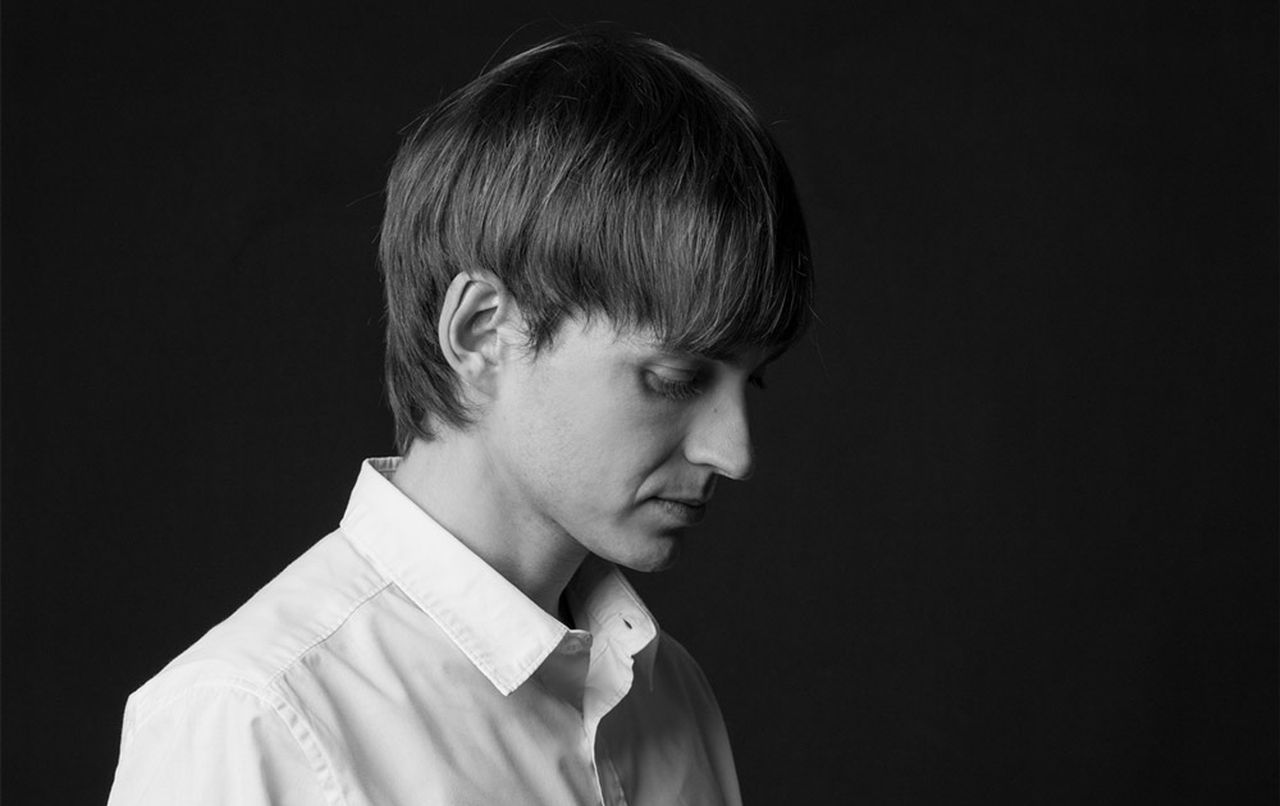
In response, his designs now pivot toward simplicity and utility; designing objects that matter most. This raw, utilitarian impulse can also be found in the works of Max Voytenko, Creative Director of Kint in Ukraine. “Last year, I was compelled to create a collection of lamps featuring metal plates and lampshades made from steel cable. This industrial design is not characteristic of my usual style, and I cannot say exactly what inspired me to do this. Perhaps the harsh and terrible times subconsciously influence the choice of forms and materials, prompting the creation of more aggressive images,” he says.
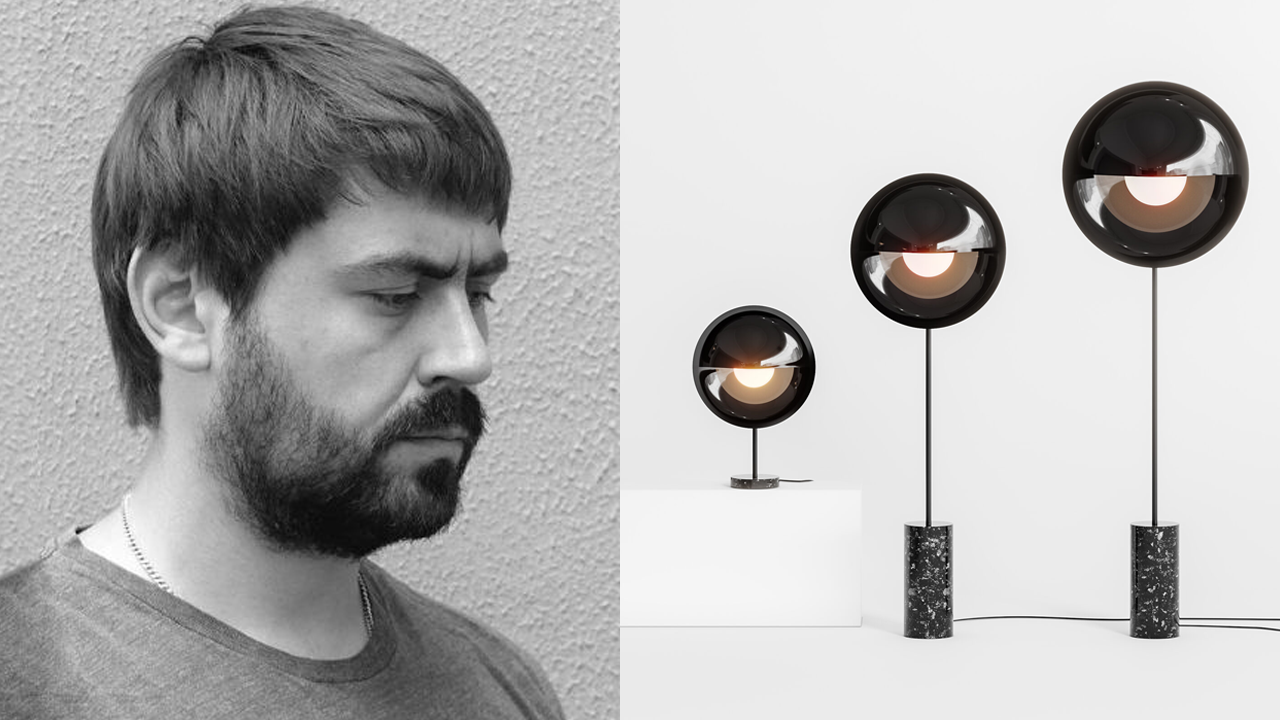
Voytenko’s shift toward stark, industrial aesthetics suggests an unspoken dialogue between the designers and the chaos surrounding them, a dialogue shaped by war’s unyielding presence. Yet, even in crisis, design retains an emotional core. Another Ukrainian designer, Artem Zakharchenko, architect and founder of Svitanok, bridges the divide between war’s harshness and the pandemic’s introspection.
“Design always reflects the times we live in,” he asserts. “War sharpens the need for strength and simplicity, while a pandemic heightens the desire for comfort and tactility. My works and the products of my brand merge these states. Our pieces are both resilient and intimate. They are not just functional, they carry emotion.” For Zakharchenko, Voytenko, Karalyus, and thousands of designers trapped in war zones and calamity regions, design has become an anchor offering both stability and a connection to the human spirit.

Together, these voices reveal a profound truth that war and pandemics do not merely disrupt design, they redefine it. As the world continues to deal with the aftershocks of these crises, the work of these and so many other designers offers a glimpse into a future forged by necessity and tempered by hope. While it remains a matter of debate whether wars ruggedize design, and pandemics soften it; chaos certainly leads to change in design trends.
Follow Homecrux on Google News!
